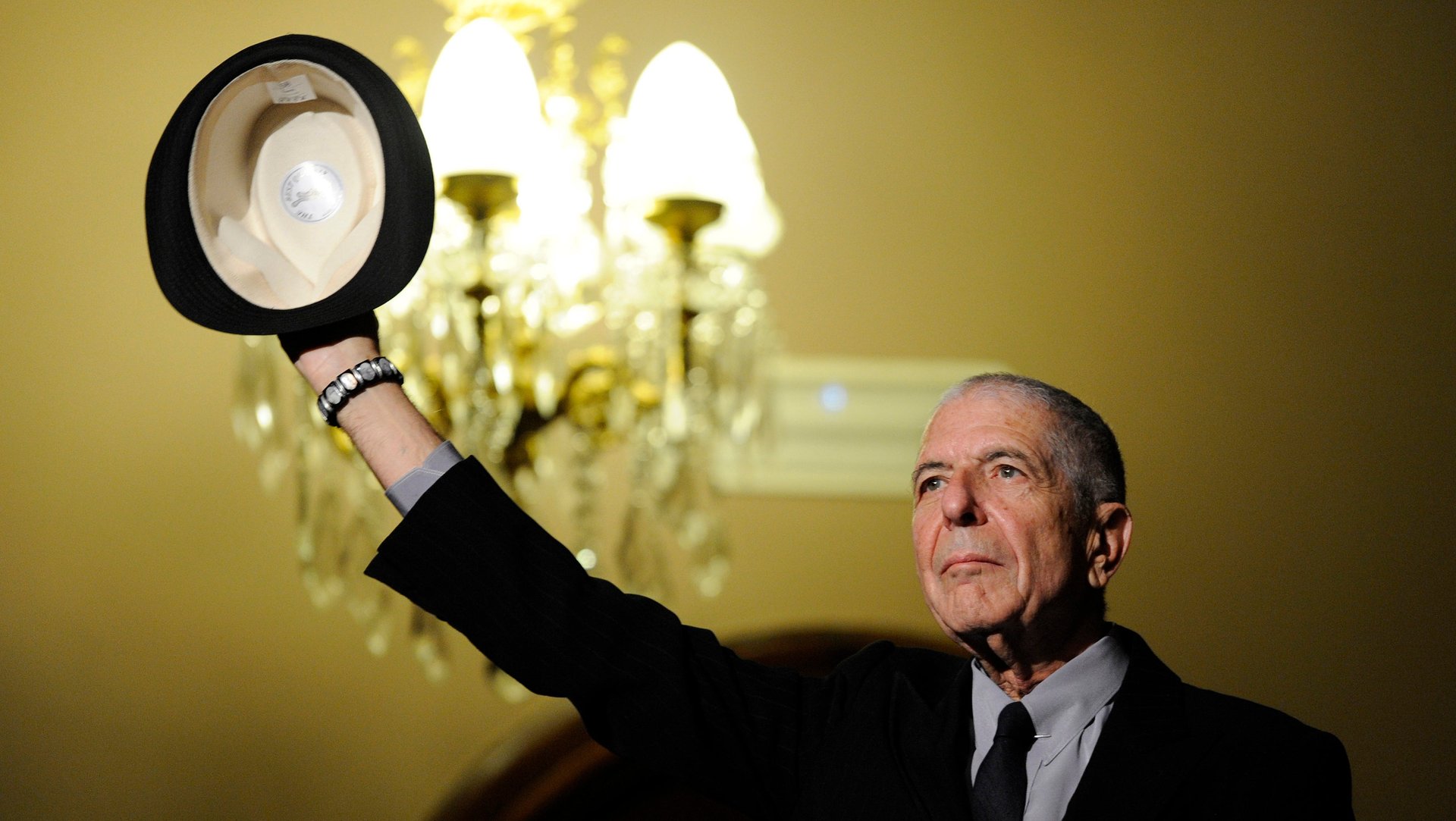All the “Hallelujahs”: Why Leonard Cohen’s haunting anthem resonates with us so deeply
It was five years in the making.


It was five years in the making.
A somber melody evoking the lilting sounds of both rock and gospel, Leonard Cohen’s 1984 song “Hallelujah”—before any other artist covered it, before it even began to be considered for a film soundtrack that would popularize it with the world—went through no fewer than 80 draft verses. At least one writing session ending up with the musician sitting in a New York hotel in his underwear, banging his head on the floor. For five years, Cohen worked and reworked the song, taking the kind of painstaking care that would later be recognized as a hallmark of his creative process.
Cohen passed away yesterday (Nov. 10) at the age of 82. The gifted singer and writer left us plenty of treasures, but none more famous than “Hallelujah,” instantly recognizable for its crooning message of grace.
But “Hallelujah” wasn’t instantly popular when it came out on Cohen’s 1984 album Various Positions. In 1991, musician John Cale covered the song on a Cohen tribute album. That cover in turn inspired artist Jeff Buckley to take a stab at it as well. Buckley’s version—hailed as ”exquisite,” a careening exploration of “glory and sadness, beauty and pain” and a “tiny capsule of humanity”—would later take up a place on Rolling Stone’s 500 greatest songs of all time. The song has since appeared in a litany of television shows, including The West Wing, The O.C., House, and ER.
Then came Rufus Wainwright’s version—appearing on the soundtrack of the hit animated film Shrek, suddenly making the melody one known to millions of people around the world.
A series of other interpretations have followed, all of them offering something distinct from one another, and especially the original. Sometimes “Hallelujah” is joyous; other times, grieving.
Fitting, then, that Cohen himself believed—spiritually, personally—that ”many different hallelujahs exist.”
Bob Dylan, who in 1988 was one of the first artists to perform Cohen’s song, points to its fluid, fluctuating nature as the reason for its appeal:
“That song ‘Hallelujah’ has resonance for me. There again, it’s a beautifully constructed melody that steps up, evolves, and slips back, all in quick time. But this song has a connective chorus, which when it comes in has a power all of its own. The ‘secret chord’ and the point-blank I-know-you-better-than-you-know-yourself aspect of the song has plenty of resonance for me.”
Cohen himself was fixated on that idea of connection—not in any specific religious way, but broadly, as it applies to the unexplored mysteries and blisteringly dark undersides of human nature. It comes through, in the slow, lilting cadences of his most widely hailed song.
Just last month, the artist said to the New Yorker: “It’s there. You can feel it in people. There’s some recognition that there is a reality that they cannot penetrate but which influences their mood and activity.”
Here’s to the original ”Hallelujah.” Here’s to the man tirelessly making music until the very end, who believed there was a certain spirit thrumming inside each and every person, “whether they want to cop it or not.”